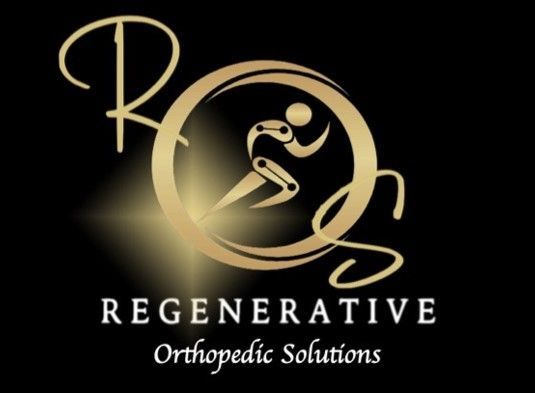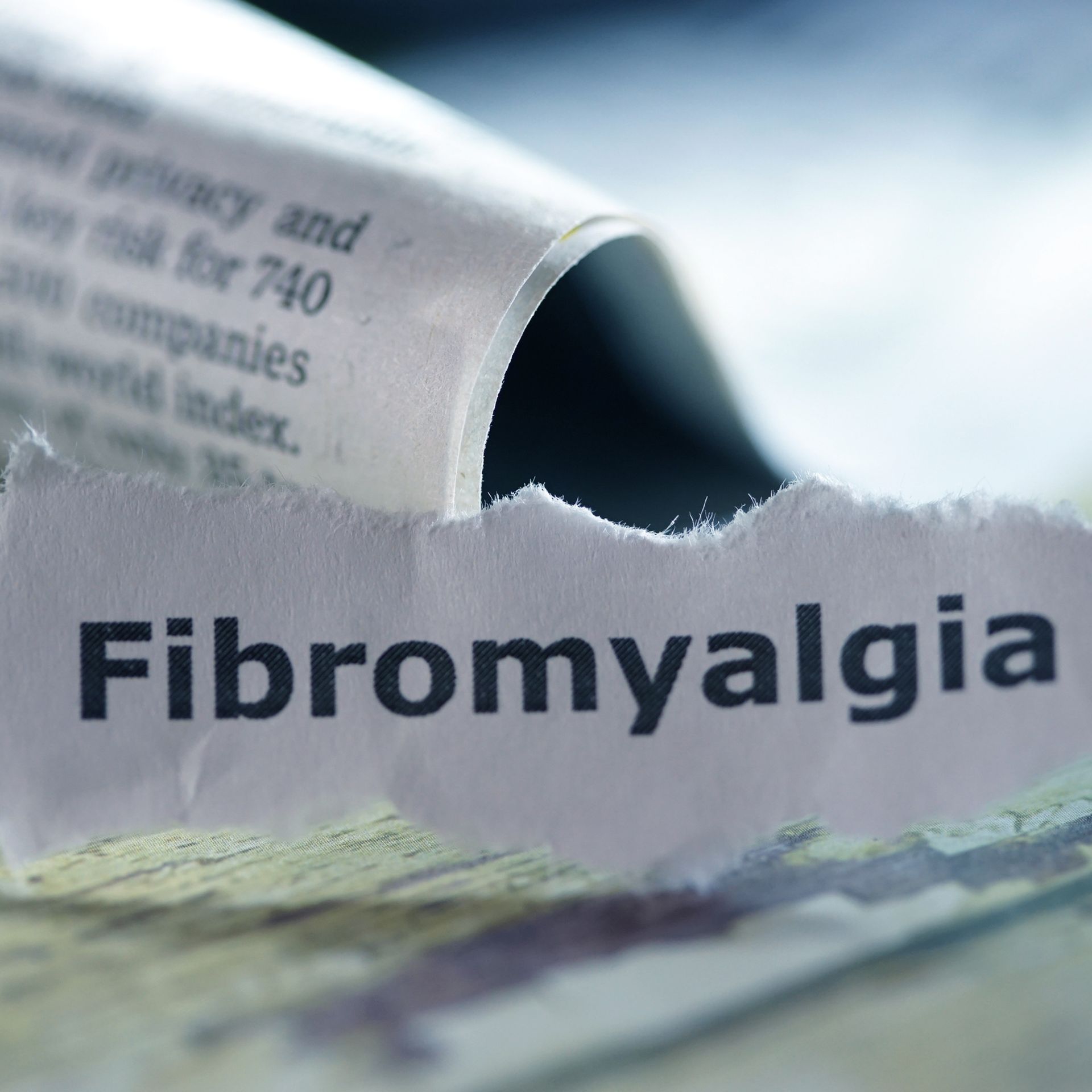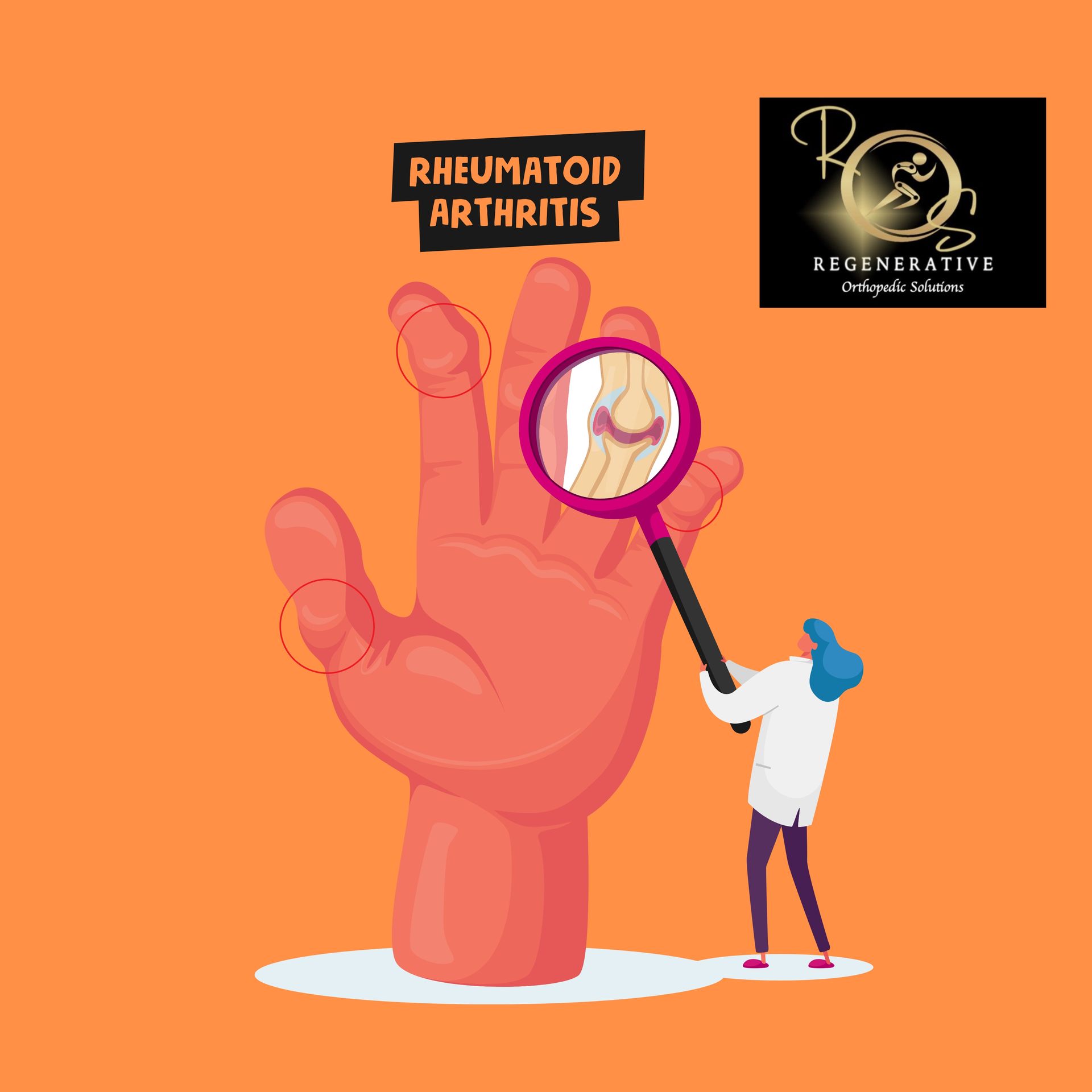303 S Moorpark Rd
Thousand Oaks, CA 91361
Lupus Treatments PRP, Stem Cells, and Peptide Therapy in Newport Beach, CA
Unlocking the Power of Peptide Therapy, Stem Cell Therapy, and PRP for Lupus Joint Health
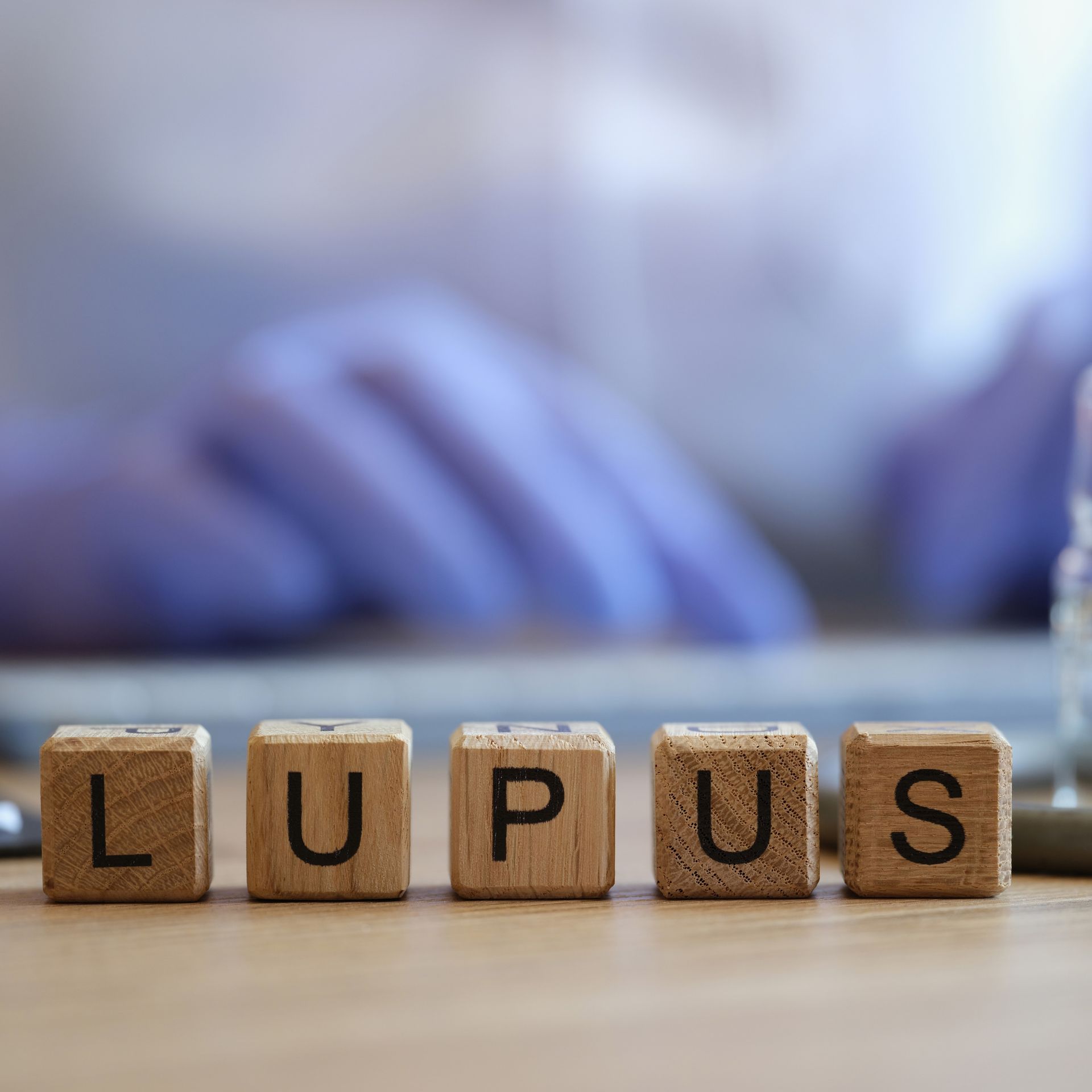
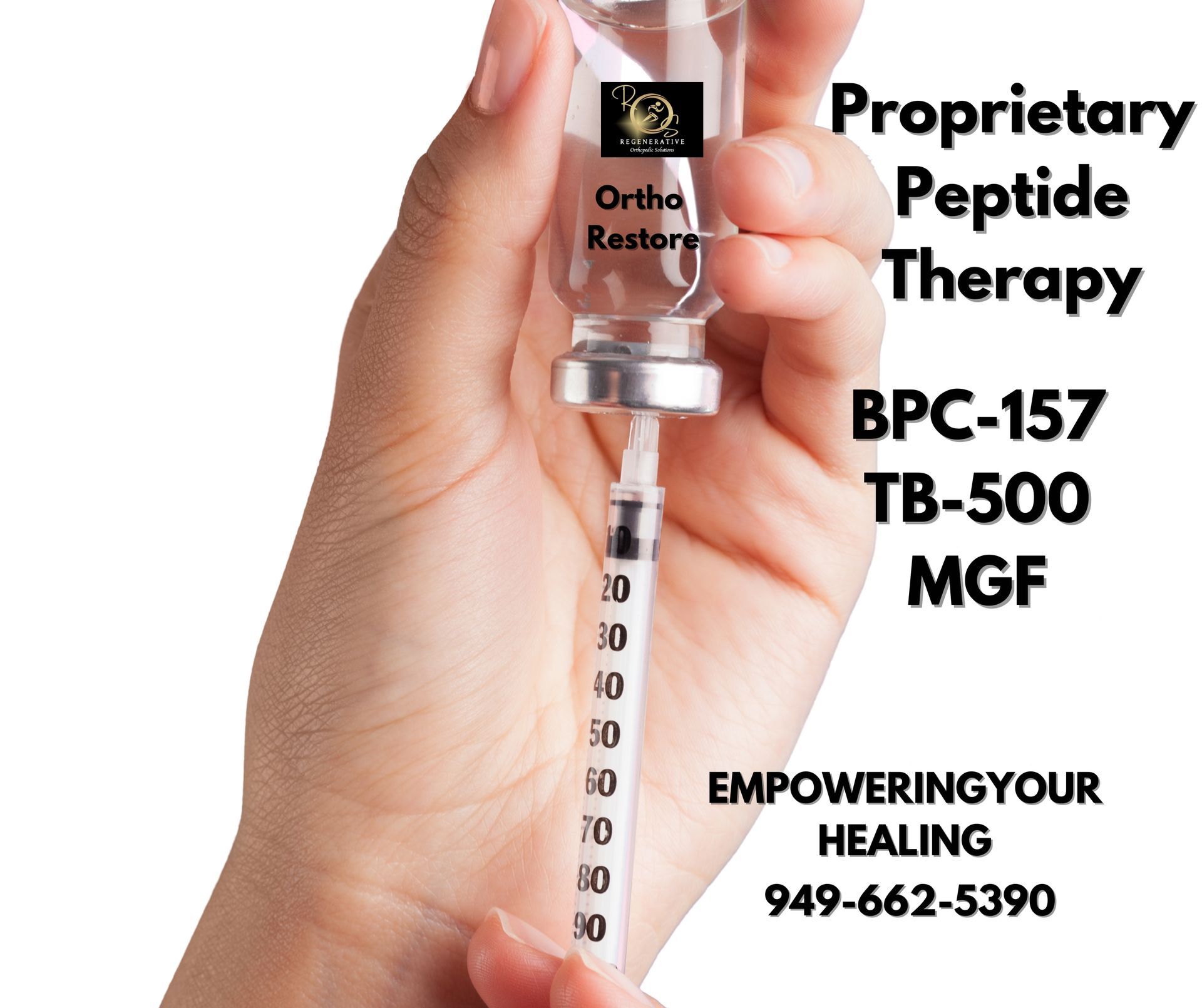
Peptide Therapy: Enhancing Healing and Recovery
Peptides are short chains of amino acids that play crucial roles in various biological processes, including tissue repair and regeneration. At Regenerative Orthopedic Solutions, we use a proprietary combination of peptides such as BPC-157, TB-500, and Mechano Growth Factor (MGF) called Ortho Restore. These peptides have shown significant promise in promoting tendon and ligament healing, reducing inflammation, and enhancing muscle repair.
- BPC-157: Derived from a protein found in gastric juice, BPC-157 promotes tendon and ligament healing by enhancing blood flow and reducing inflammation.
- TB-500: A synthetic peptide linked to cellular regeneration, making it effective in treating muscle injuries and improving flexibility.
- MGF: Aids in muscle repair and regeneration, especially after mechanical stress or injury.
These peptides can speed up recovery and improve outcomes for joint injuries and conditions associated with lupus. For lupus, peptides can support tissue regeneration, alleviating symptoms and improving joint function.
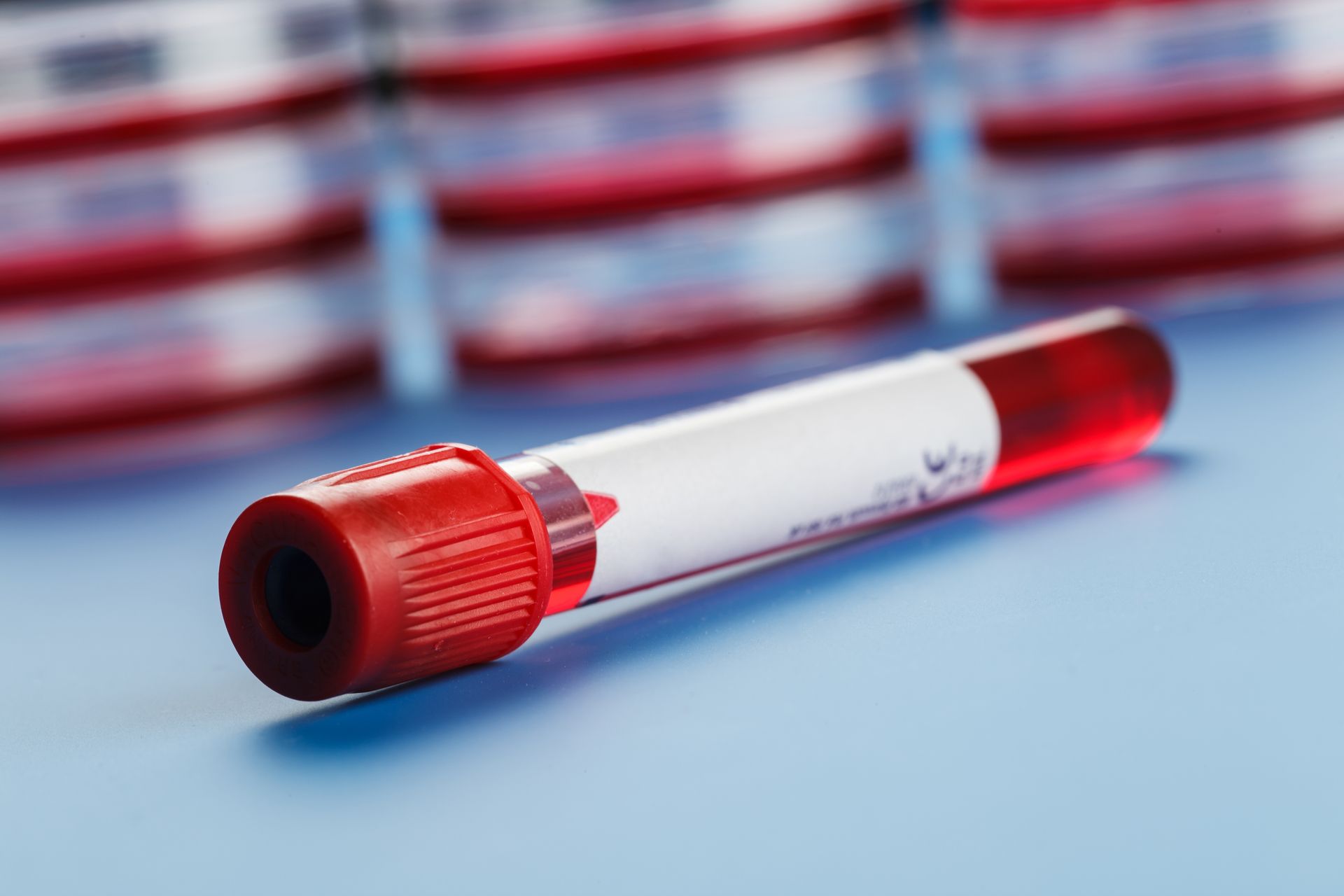
Stem Cell Therapy: Regenerating Damaged Tissues
Stem cell therapy is a natural, non-surgical procedure that uses your own healthy cells to repair damaged tissues, heal injuries, and relieve pain. Stem cells have the unique ability to differentiate into various cell types, making them invaluable in regenerative medicine.
- Regeneration of Tissue: Stem cells can replace damaged tissues, offering therapeutic potential for lupus and other joint conditions that lead to tissue damage or loss.
- Healing Injuries: Stem cell therapy can accelerate the healing process for joint injuries, including those affecting the cartilage, ligaments, and tendons.
- Relieving Pain: By promoting tissue regeneration and reducing inflammation, stem cell therapy can provide long-lasting pain relief for chronic joint conditions.
This therapy is completely outpatient, allowing you to go home the same day and get back to your active lifestyle quickly.
PRP Therapy: Accelerating Healing with Your Own Blood
PRP therapy uses a patient's own blood cells to accelerate healing in a specific area. The treatment involves drawing a blood sample, processing it to concentrate the platelets, and injecting the platelet-rich plasma into the affected joint.
- Healing Joint Injuries: PRP injections can treat a range of joint injuries and conditions, including chronic tendon injuries, ligament sprains, and cartilage damage associated with lupus.
- Reducing Pain: The growth factors in PRP can stimulate tissue regeneration and reduce pain in the affected joint.
- Enhancing Recovery: PRP therapy can shorten healing time for joint injuries, enabling a quicker return to activities.
Peptide therapy, stem cell therapy, and PRP therapy offer innovative solutions for treating lupus and enhancing joint health. When used responsibly and under medical supervision, these therapies can be powerful tools in promoting healing and enhancing physical capabilities. If you’re considering these advanced treatments, trust the trained professionals at Regenerative Orthopedic Solutions to provide safe and effective care grounded in science.
(P) 949-662-5390
(F) 949-229-3579
377 East Coast Hwy, Unit 250B Newport Beach California 92660 United States
303 S Moorpark Rd, Thousand Oaks, CA 91361 United States
